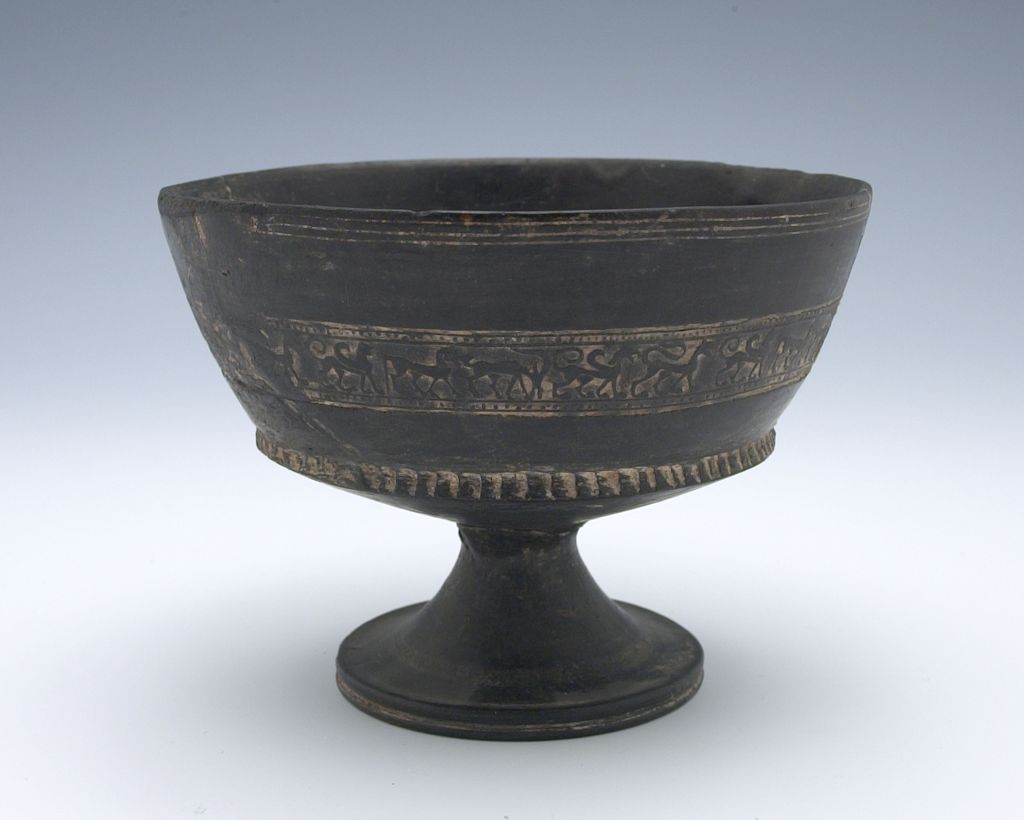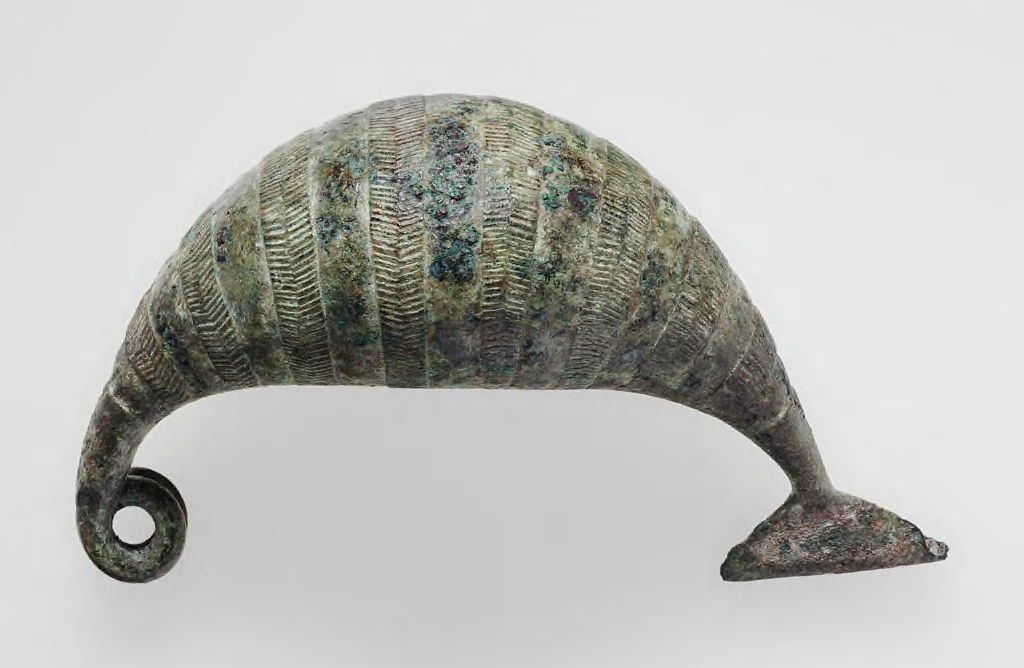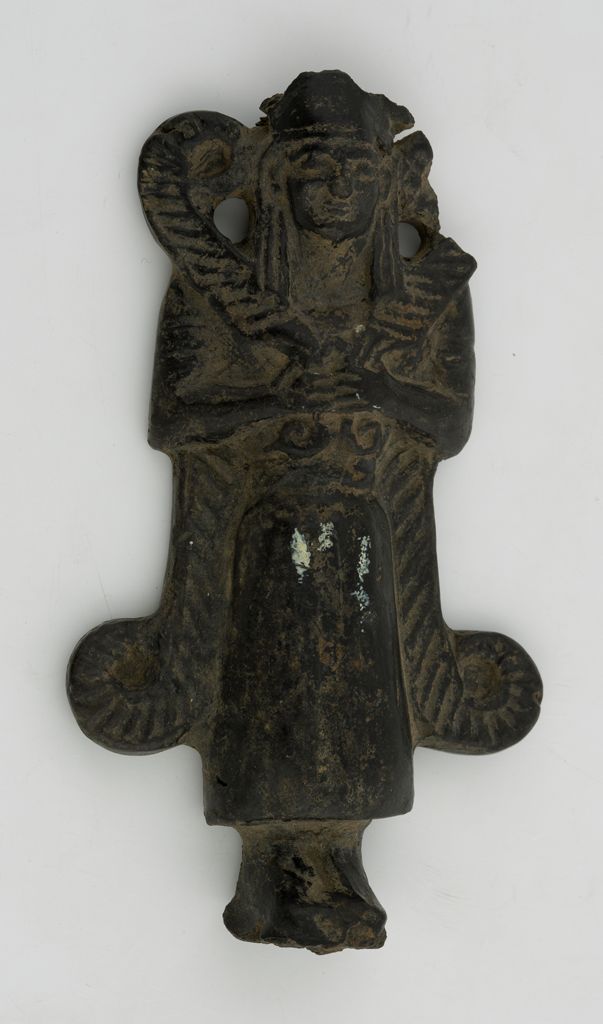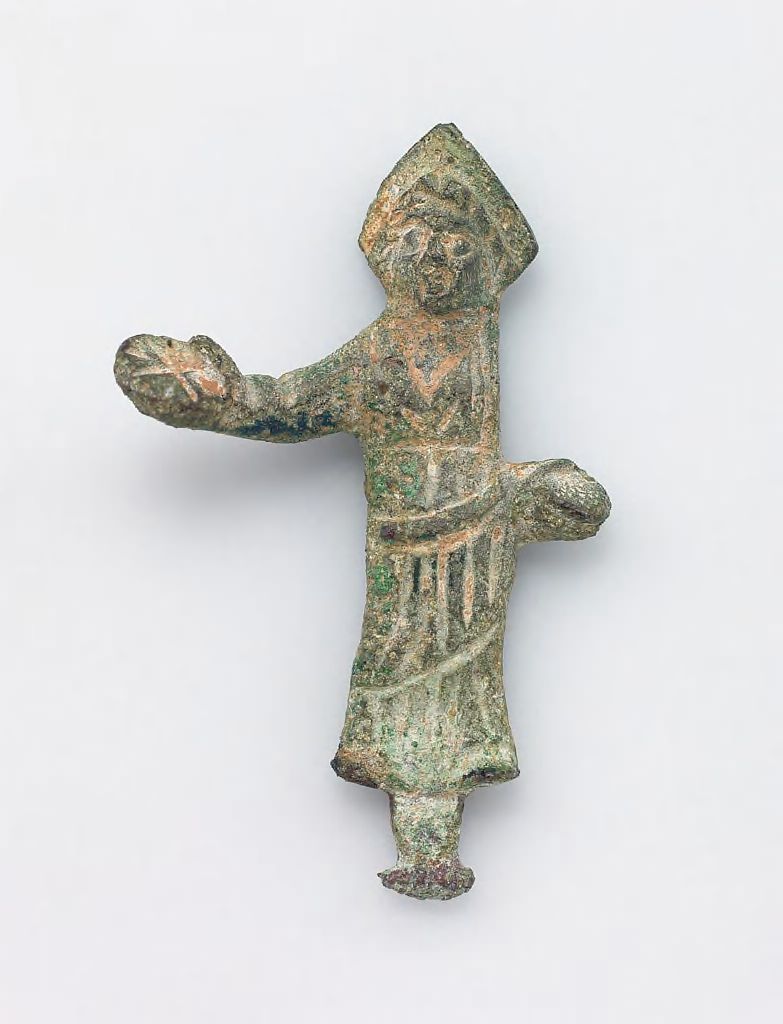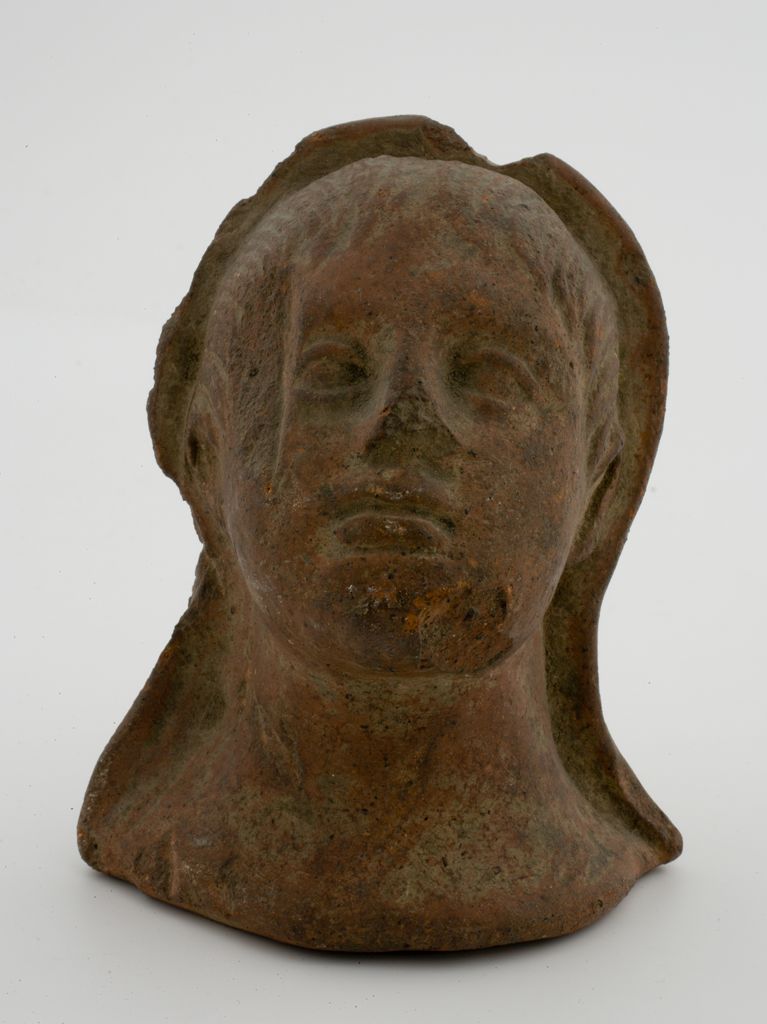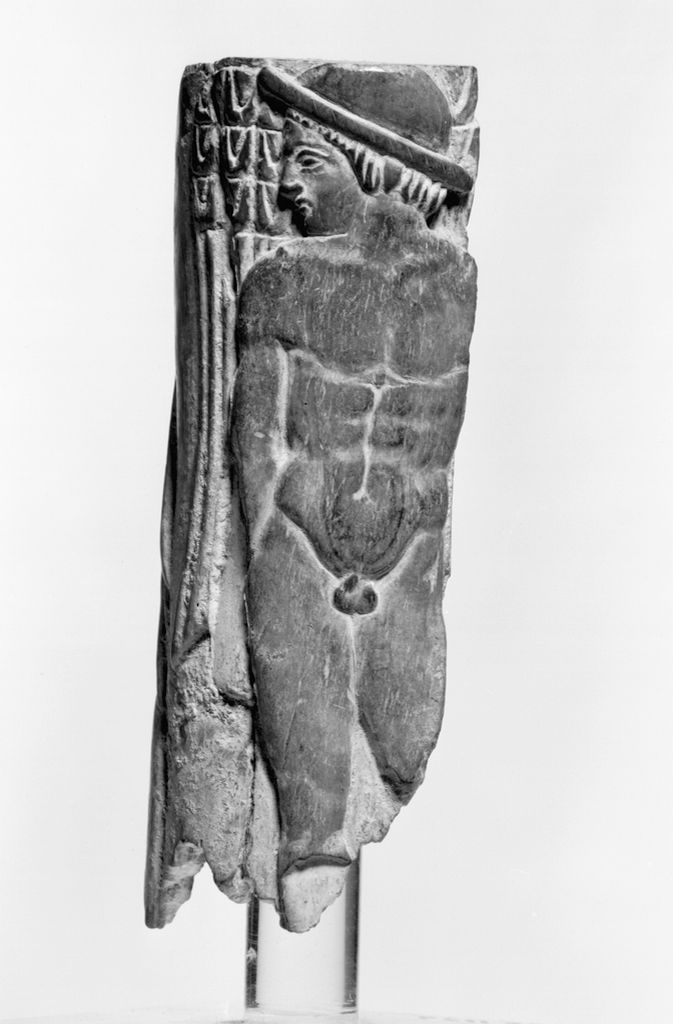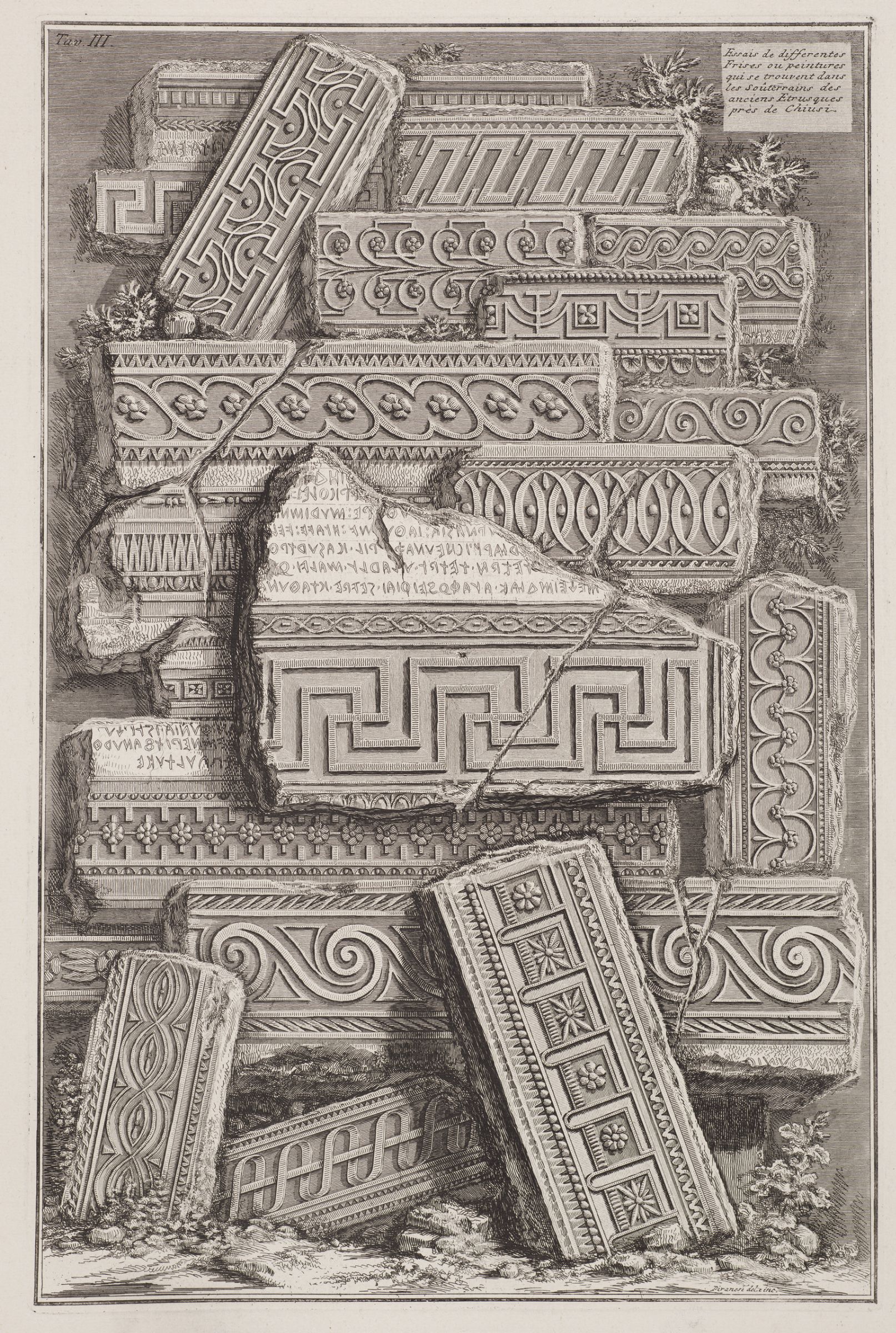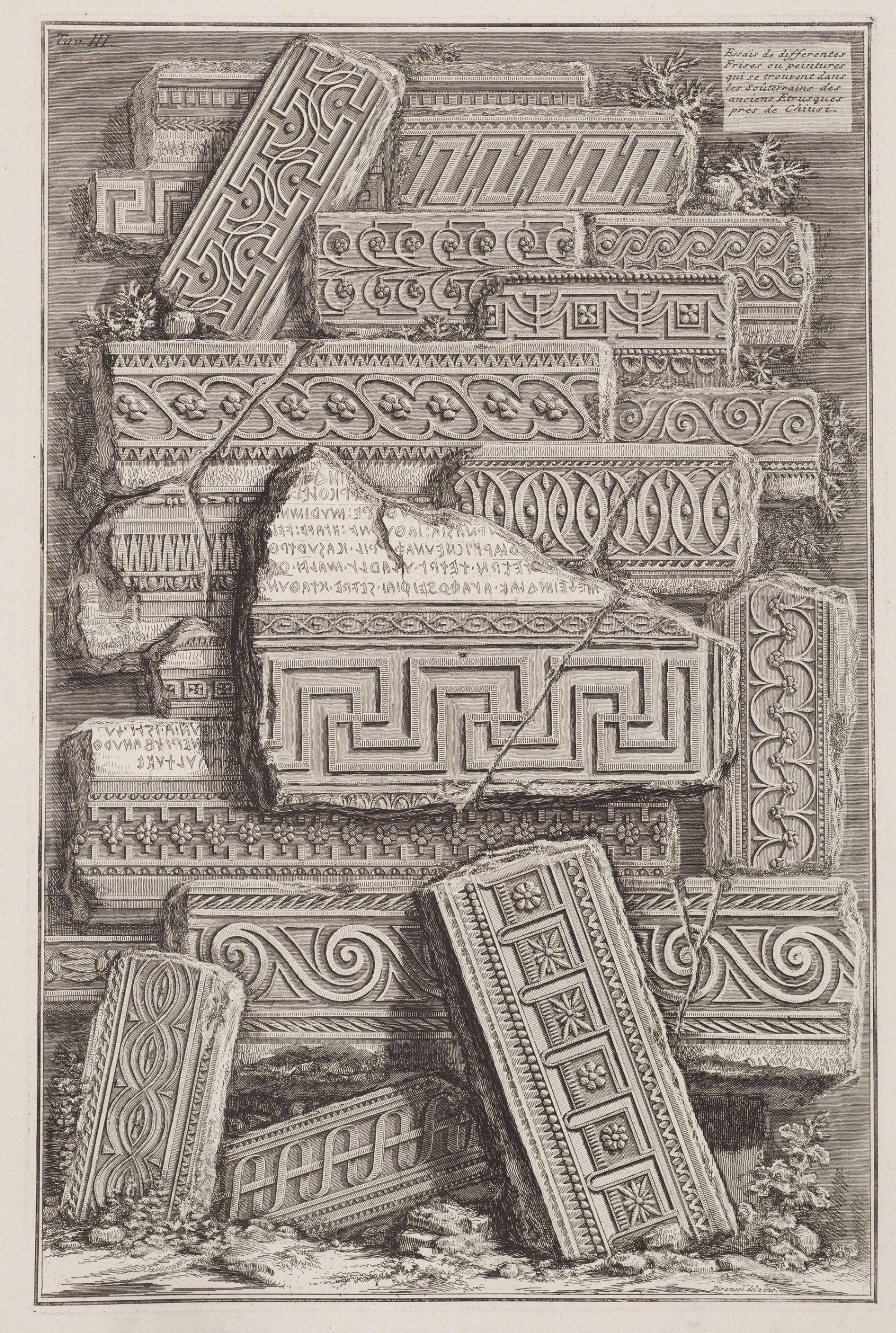When it comes to popular ideas about ancient Italy, Romans often get the credit. But the ancient Etruscans, who lived in modern-day Tuscany and western Umbria, deserve our attention as well.
The fascinating culture that took hold in Etruria from the eighth through the first century BCE indeed cannot be overlooked, because its influence is widespread. “Etruscan culture has been such an integral part of material culture in Italy, from before the Renaissance until today,” said Theresa Huntsman, an Etruscan specialist and former publications data manager for the Archaeological Exploration of Sardis. She noted that we have the Etruscans to thank for revolutions in urban planning, for the enduring Italian appreciation of art and beauty, for some words in the modern Italian language (such as persona, which comes from the Etruscan phersu, meaning “mask”), and much more.
Major Etruscan settlements included Montepulciano, Italy, which happens to be home to the ecclesiastical complex that inspired our Calderwood Courtyard design. The Church of San Biagio in Montepulciano celebrates its 500th anniversary this fall, so to mark that occasion and the museums’ special relationship to the site, we’re tipping our hat to the rich legacy of Etruscan culture through a number of temporary gallery installations.
These installations were co-curated by Huntsman and Danielle Carrabino, former associate research curator in European art, who organized a suite of events, a digital tool, and a publication to honor the courtyard. This fall, about 70 objects from all three of our constituent museums’ collections will be on view. Each installation will explore a different facet of the Etruscans’ impact. They include:
- An installation about Etruscan religious practices and the Renaissance-era collecting of these types of objects, in Gallery 2540;
- Etchings of Etruscan-inspired architectural designs by Giovanni Battista Piranesi, in Gallery 2240;
- A display of Etruscan objects, samples of the types of pigments used in Etruscan tombs, and objects related to 18th- and 19th-century “Etruscomania,” in Gallery 2220;
- And an installation of Etruscan jewelry and its later revivals, in Gallery 2700.
The timing of these installations is staggered over a few months, but all four will be shown simultaneously from mid-October until mid-November. By way of our galleries, visitors will be able to take a journey through Etruscan—and Italian—history.
That these objects straddle not only galleries but also the three collections of the Fogg, Busch-Reisinger, and Arthur M. Sackler Museums presents a unique parallel to the Calderwood Courtyard itself, said Carrabino.
“The courtyard is the place where all three of our museums—and our visitors—come together,” she said. “It’s exciting that these installations allow our collections to speak more easily to one another, to showcase our museums’ strengths, and to highlight our collaborative work.”
Colorful Legacy
One installation offers a glimpse into both ancient Etruscans’ lives and the “Etruscomania” that developed in 18th- and 19th-century Europe as archaeological expeditions unearthed Etruscan tombs.
Archaeologists discovered that banqueting was a common theme in the objects and wall paintings in these tombs. This installation includes eating and drinking vessels made of bucchero, a black glossy ceramic originating in Etruria that was fired in kilns and was left unpainted and unglazed. The shiny, burnished surfaces of bucchero wares were intended to resemble more expensive metals.
